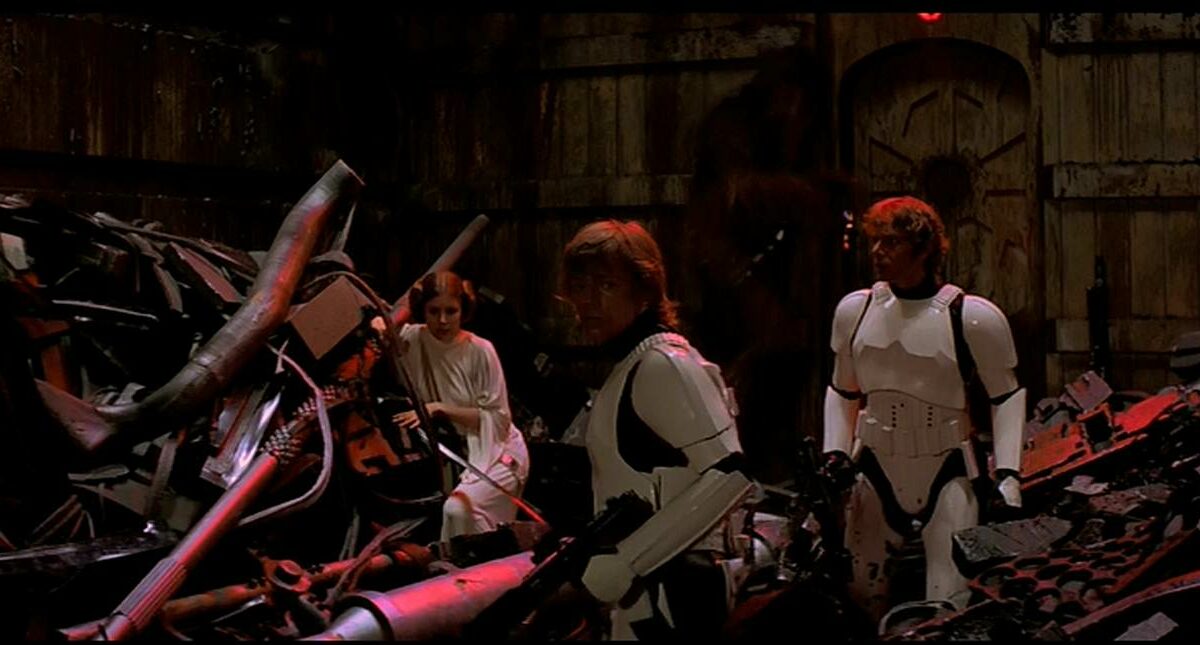Not too long ago brand storytelling was often dismissed as a soft topic meant for tactical conversations. The C-suite wasn’t to be bothered. As the best stories propelled brands to the front time and time again, senior leadership became enlightened by the power of story.
Rightfully so, brand storytelling shapes the meaning brands represent. That meaning is intrinsically linked to what customers value. What customers value is at the center of a brand’s existence. At a recent corporate storytelling workshop on Wall Street, I was not surprised to see the CEO at the front of the room. The message of his participation is clear — this work is too important now.
To gain an advantage through storytelling, there is much to think through. It is a strategic and creative process. Look to these fifteen insights to build a foundation that will help your brand rise.
1. Four Ways To Extend Your Brand Story
We live in a world filling with stories. But that doesn’t mean for one moment that simply telling a story will make you a fascinating brand. Stories aren’t defined by the teller. In the end, their success is decided by the listener and the watcher. Persuasion happens through interest not by repetition these days. So who’s leaning in to hear more from you? And how will your story position you to deliver more of what they are interested in seeing happen?
2. Leveraging Brand Heritage For Stories And Strength
The brands that remind consumers of what they have, where they are and where they’ve come from are doing well. It’s a timely reminder of just how much the story of a brand links to the narrative that buyers run in their own minds of the lives they lead and the lives they would lead if they could.
3. Seven Ways To Craft A Brand Counter Story
You can’t beat a story with facts, you can only beat it with a better story. So if a competitor has a better story, listing the facts of your product only makes their story stronger. And if you do decide to tell a counter-story, you can’t have one that is only a tiny bit better. You should aim to tell a story that is 10 times better and more compelling.
4. Every Brand Price Point Needs A Story
The temptation is to see story as a luxury item: something that brands implement to lift their margin. There’s nothing wrong with that of course – it’s powerful and it works. At The Blake Project we don’t think that story is just a top-end nice-to-have. Our view is that most brands, no matter where they are priced in the marketplace, need a storyline.
5. Eight Keys To Telling A Competitive Brand Story
Everyone has a story now. Or at least most brands claim to have one. But having a story in many ways is like having a product. Really it means nothing if it is not competitive as a narrative and personally relevant to each recipient. So your story must be distinctive from the other stories that are in play in a market and it must continue to be so. That’s why you can’t set and forget a brand story.
6. Tell All Of Your Brand Stories
Marketers often talk about story as if it is one thing. But brands with multiple stakeholders need to cater for different responses and priorities by streaming a range of stories to a range of audiences at different times. The reason is simple. The things that make a brand attractive in one context are different from what they might be in another context. Inclination changes, sometimes markedly, depending upon what people value.
7. Provoking Reaction Through Brand Storytelling
By way of example, Disney tells stories filled with magic in order to generate a palpable feeling of wonder from its audiences. The experiences Disney provides at the box office, at its parks and at its live events then bring that sense of wonder alive. As a result, wonder is the benchmark reaction for Disney. A Disney story, film or experience that does not generate wonder is off-brand. What sorts of reactions should brands be looking to provoke through their stories today? We explore.
What would happen if marketers acted more like television producers and creators? How might that change the way brands tell their stories? As the worlds of brands, media and entertainment converge, and channels become screens rather than outlets each of these disciplines will borrow success factors from the other.
9. The Next Era Of Brand Conversations
Too many brands continue to fail at convincingly placing what they have to offer inside the lives of the people they are trying to reach. A lot of that seems to come down to a simple misalignment of priorities: while marketing teams ponder data and speak earnestly about really understanding their buyers as individuals, those interests are not reflected as clearly as they should be in what they end up saying.
10. Eight Characteristics Of A Motivating Brand Story
What makes a brand story engaging to customers and effective in motivating them to buy? In our experience, there are eight fundamental characteristics of a motivating brand story.
11. What Makes A Great Brand Story?
Storytelling is of course very much an idea whose time has come. And brands are increasingly using story formats to express themselves and to explain their place in the market and the world. But, if I may reference Sheryl Sandberg, what gives a story “lean-in” value? Filmmaker Andrew Stanton explains that we humans love stories because of their affirmative value. We need that affirmation, says Stanton, and stories provide that connection. Stories, he says, work across time and allow us to find similarities with others. In his presentation, Stanton draws our attention to six great guidelines.
12. Brand Storytelling In The Digital Age
Just like the cave paintings of prehistoric man to the carving of symbols on rock tablets and ancient temple walls, the social web is the universal medium of the digital age. Indeed the digital age offers many new forms, structures and venues to deliver the “moral” of your brand story to customers. But there’s a catch.
13. Brand Storytelling And The Hero Of Your Brand
At the center of every brand story is a hero. The hero could be an idea, a person, or a thing – to be effective at brand storytelling, it’s critical to know what attributes define the inner character of the hero. The hero, of course, is the brand itself. Like any good story that teaches and informs us about a higher ideal, brand storytelling is about the higher purpose of why the hero exists and why we should care.
14. The Intersection Of Brand Positioning And Storytelling
Positioning a brand with exact precision is job one of every brand marketer. Job two of every brand marketer is to connect the core idea of “highly valued and in short supply” to a compelling and transcendent brand story. The point where brand positioning and brand storytelling intersect and overlap is where the real magic happens.
15. Brands Must Master The Art of Storytelling
Brands that lose their way lose their connection to their sacred story first. If you’re managing a brand that is underperforming, ask yourself if the leadership of your organization are the first champions and trust holders of your brands mythic story, and if the story still provides the guidance and illumination to keep the tribe connected to its transcendent meaning and behaving in a way that supports the truth of why the brand matters.
The Blake Project Can Help: The Strategic Brand Storytelling Workshop
Branding Strategy Insider is a service of The Blake Project: A strategic brand consultancy specializing in Brand Research, Brand Strategy, Brand Licensing and Brand Education




